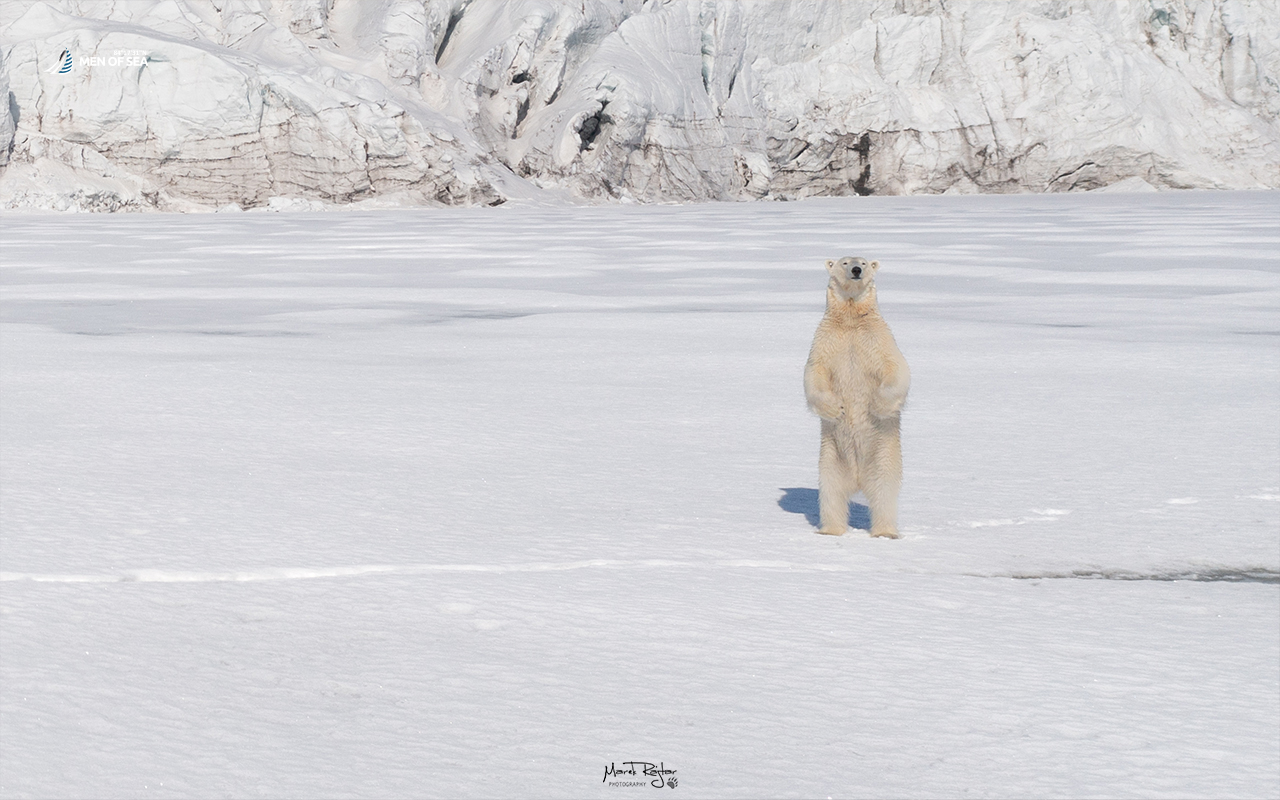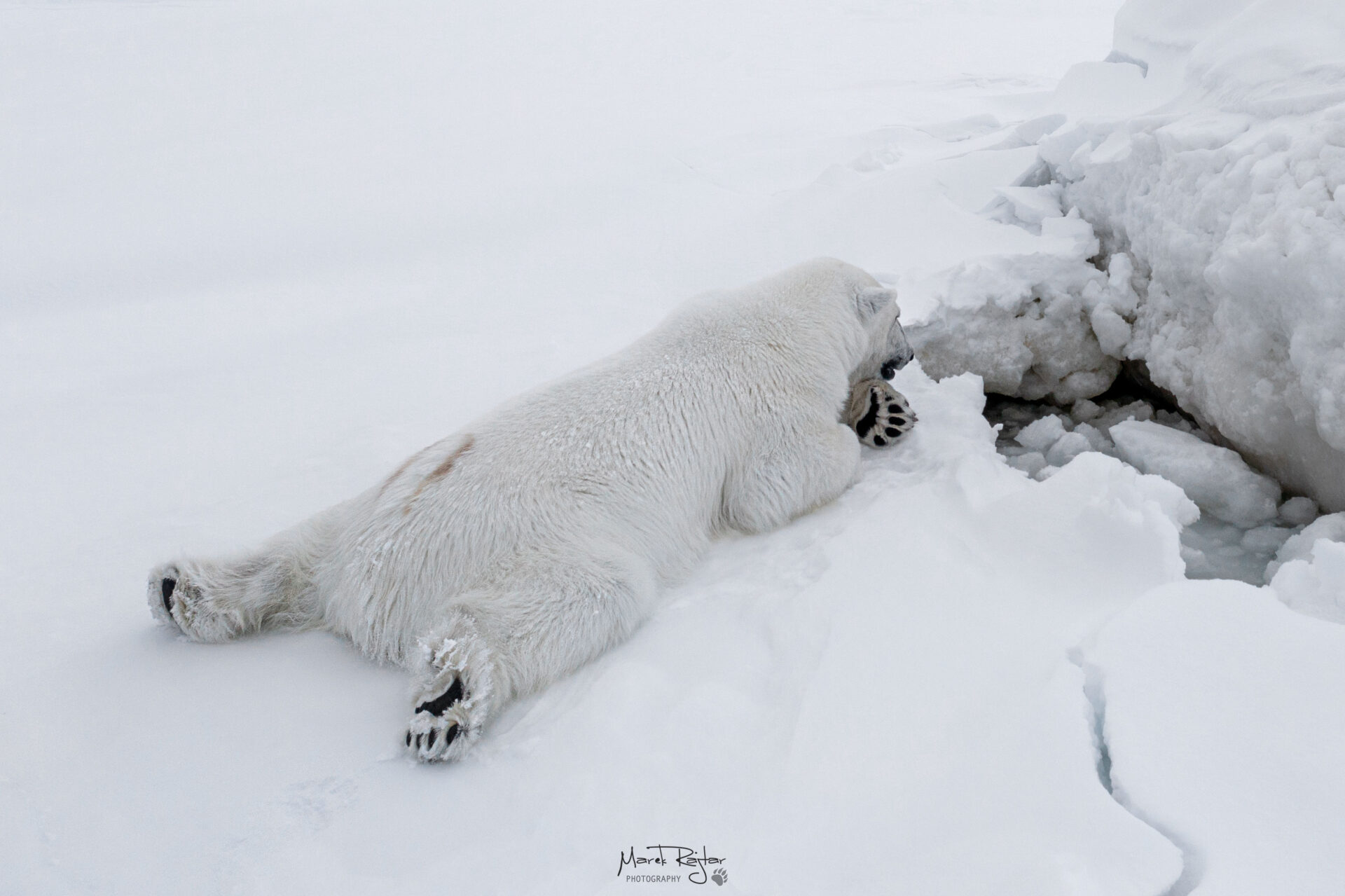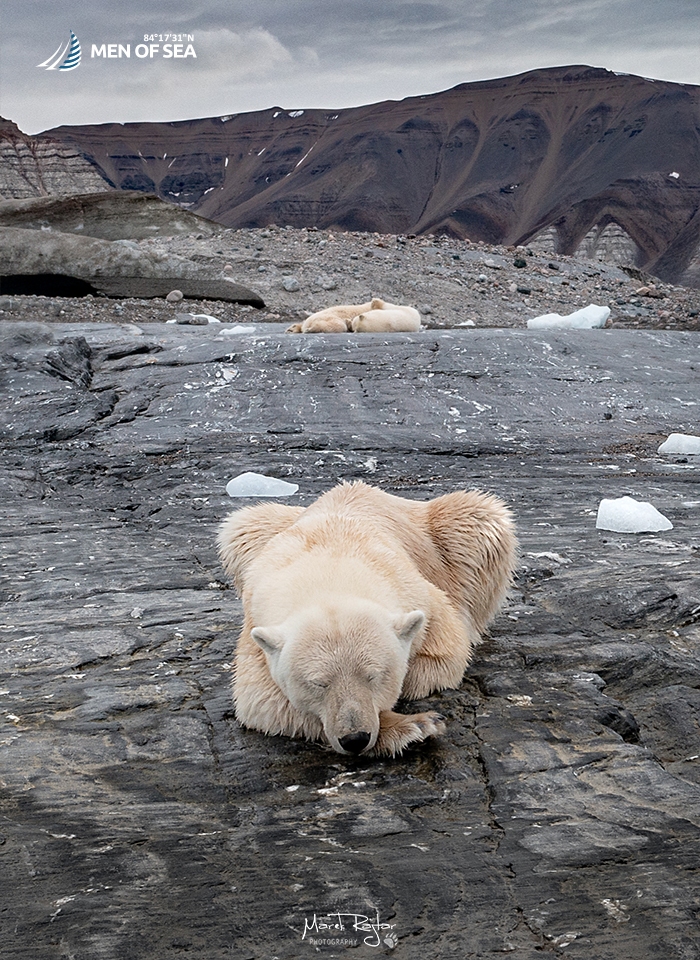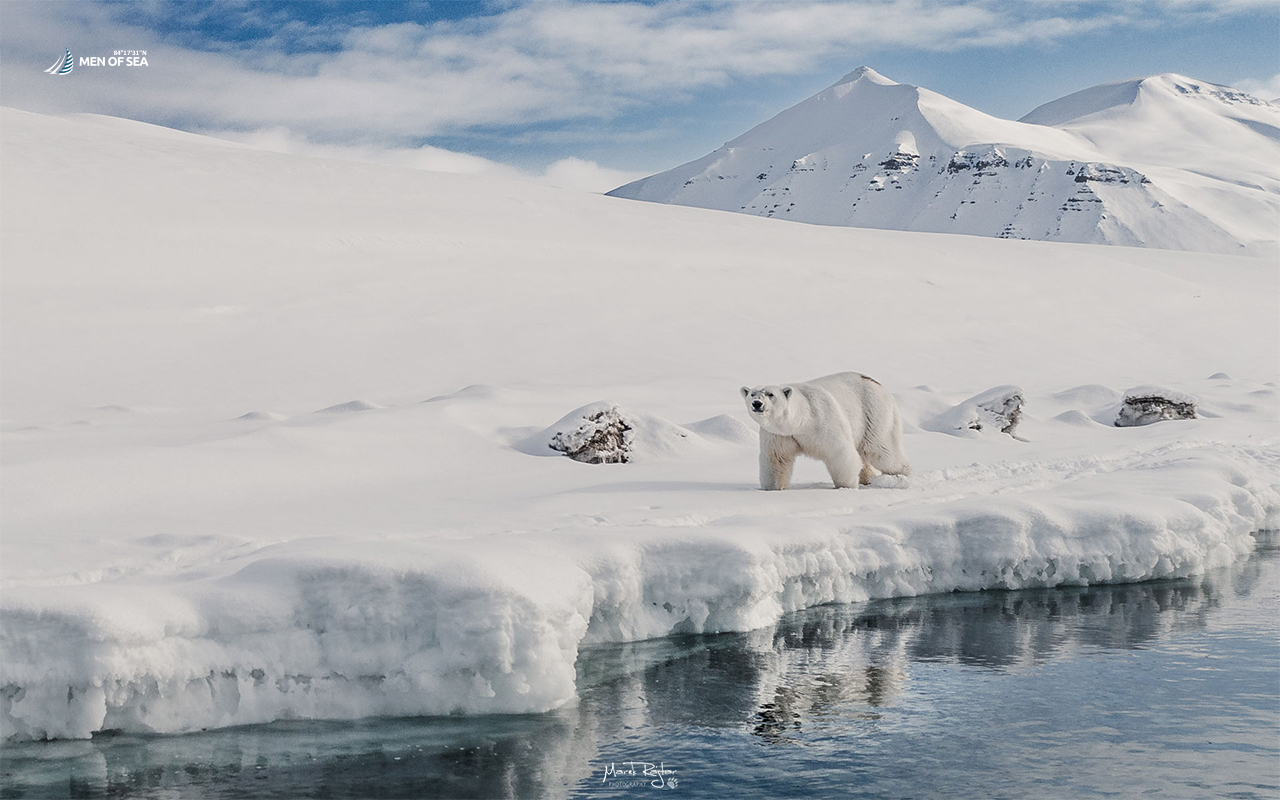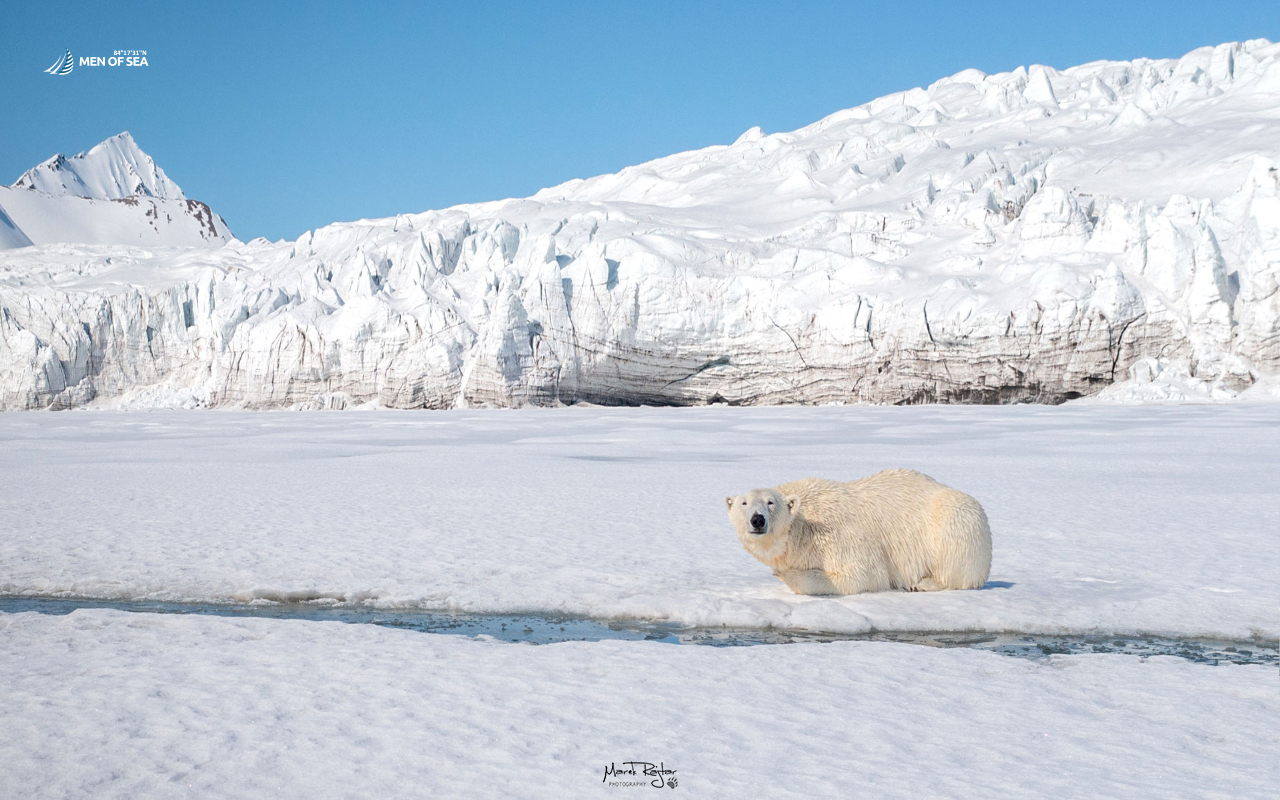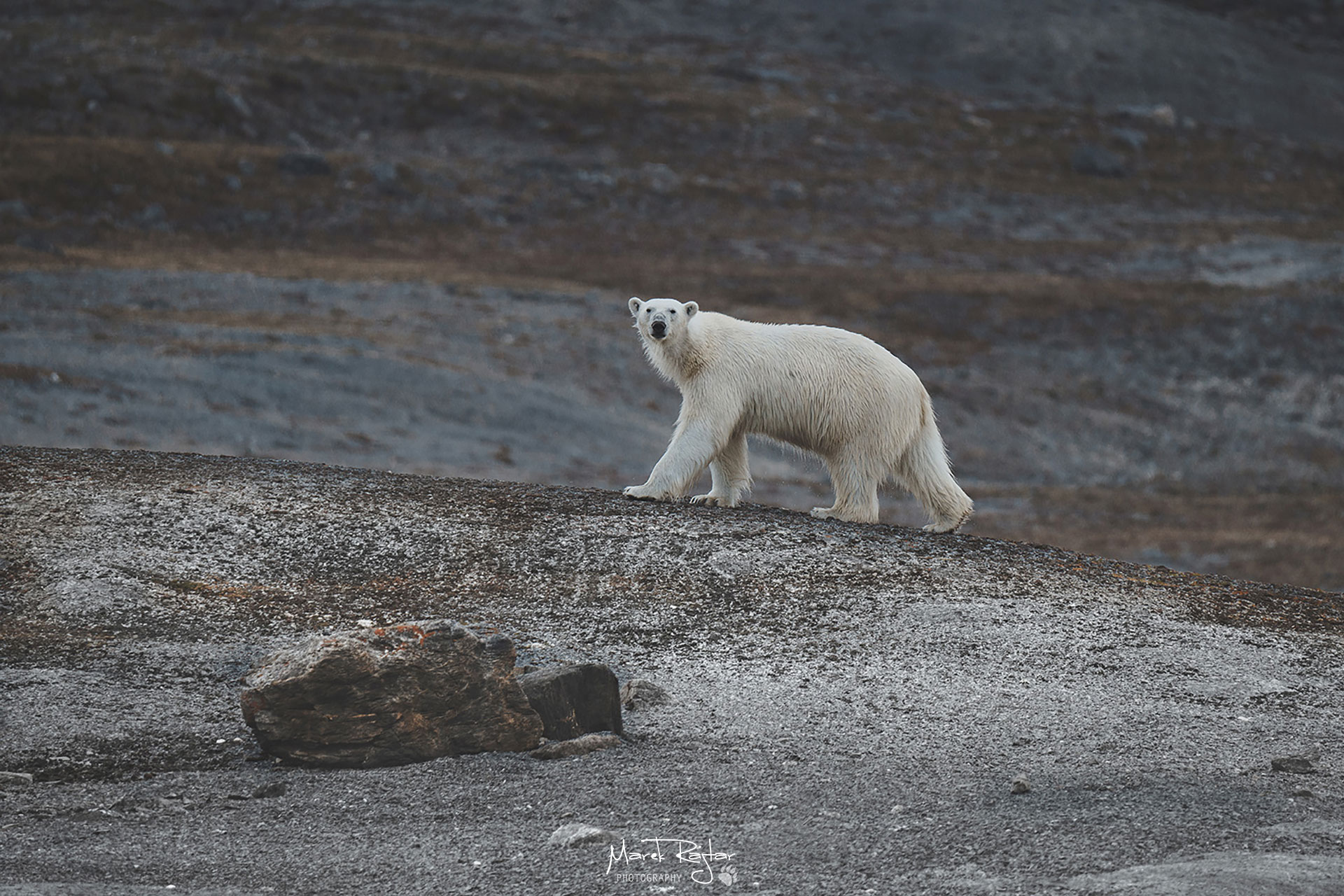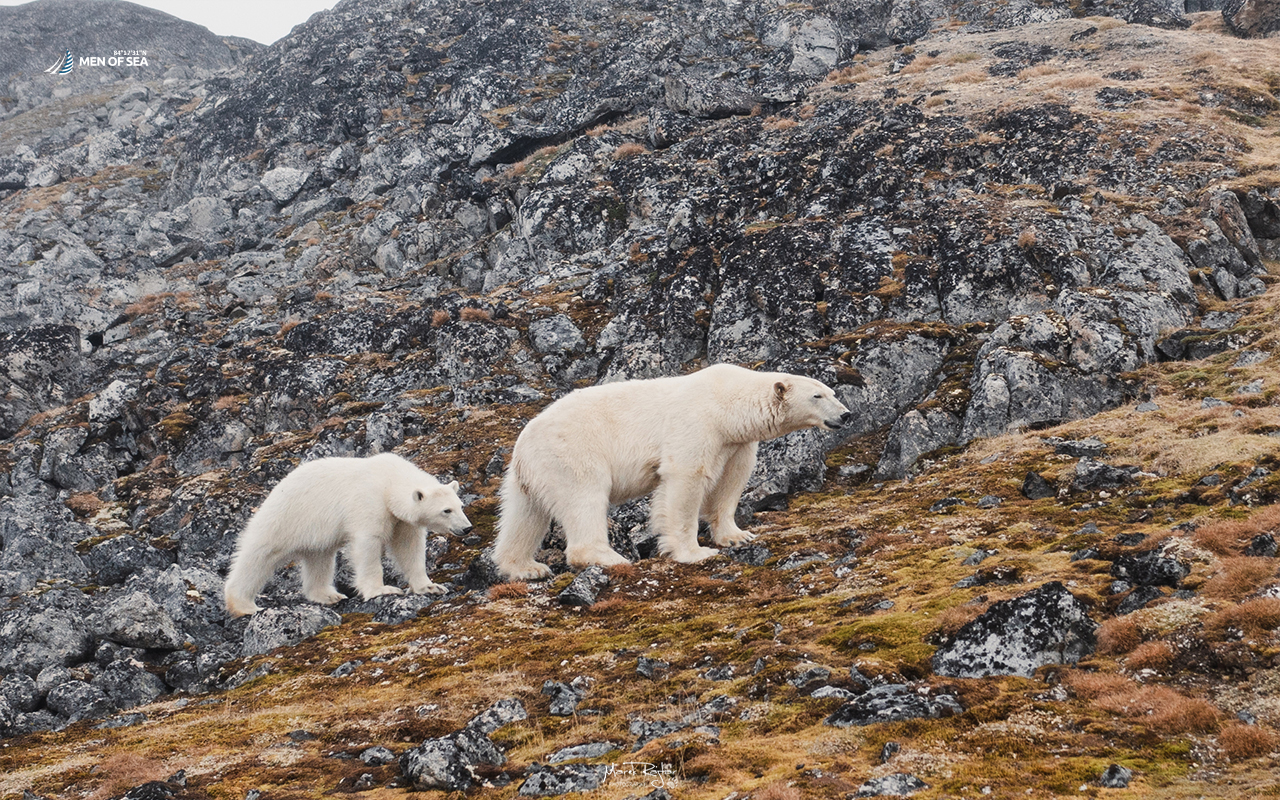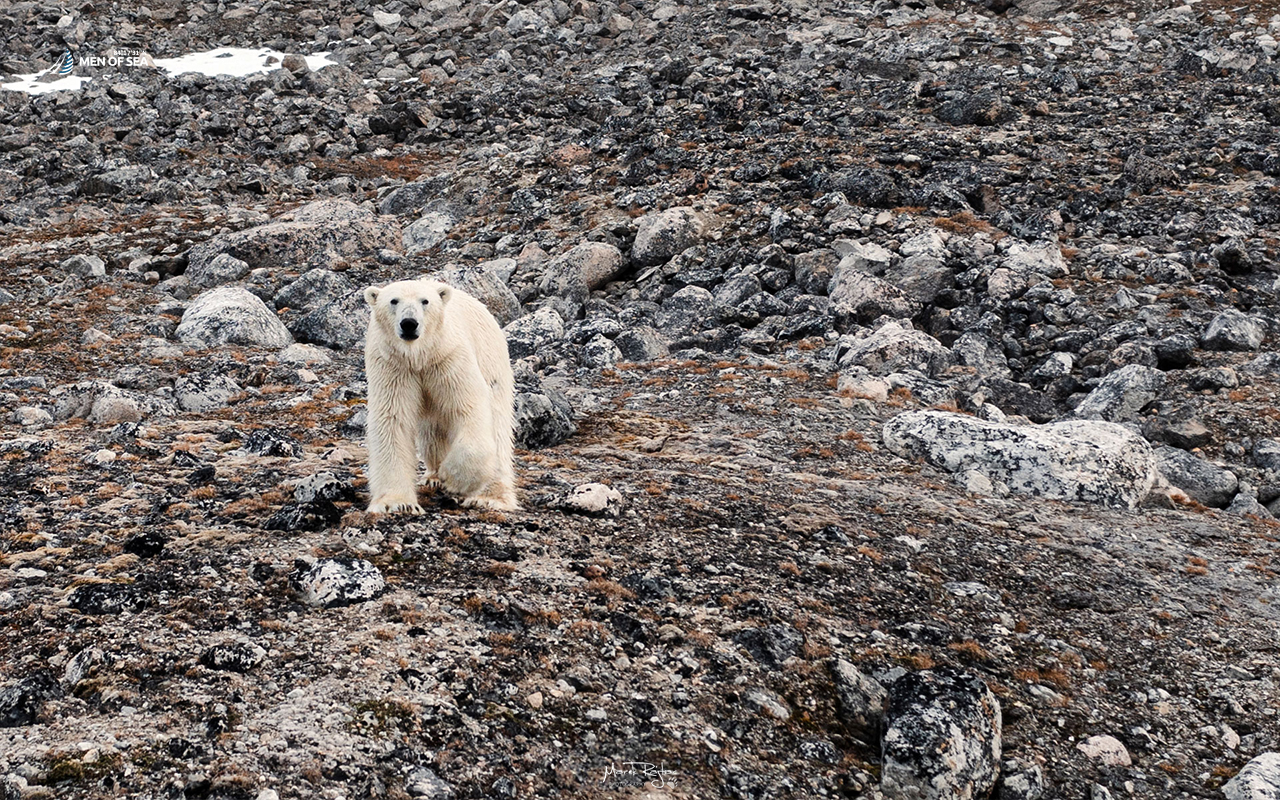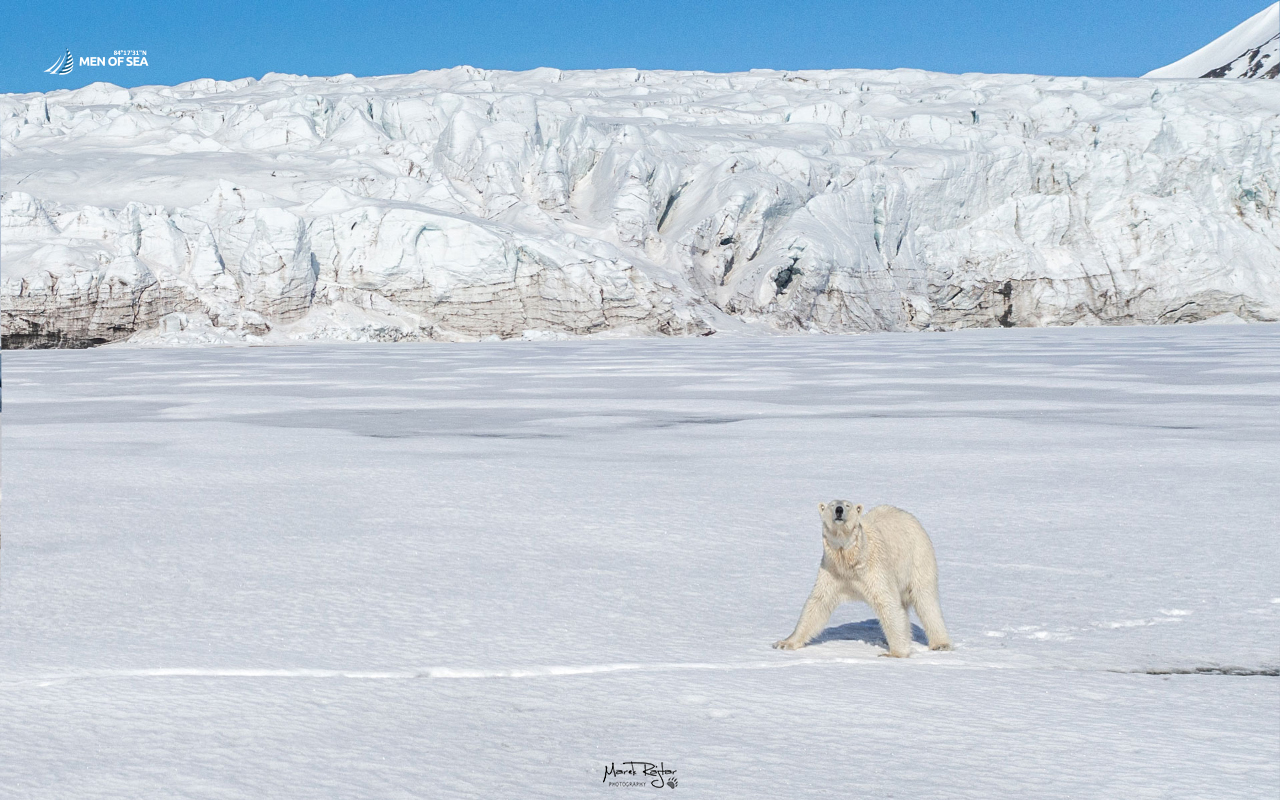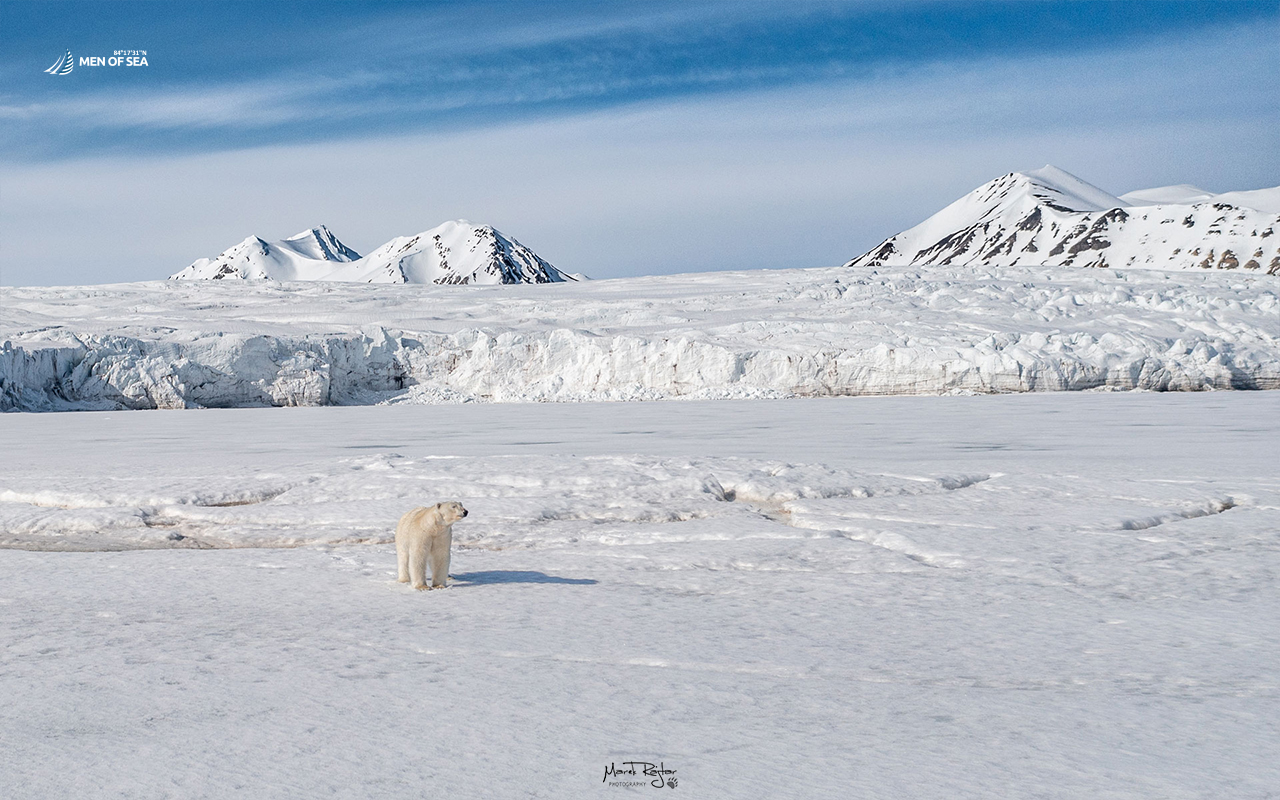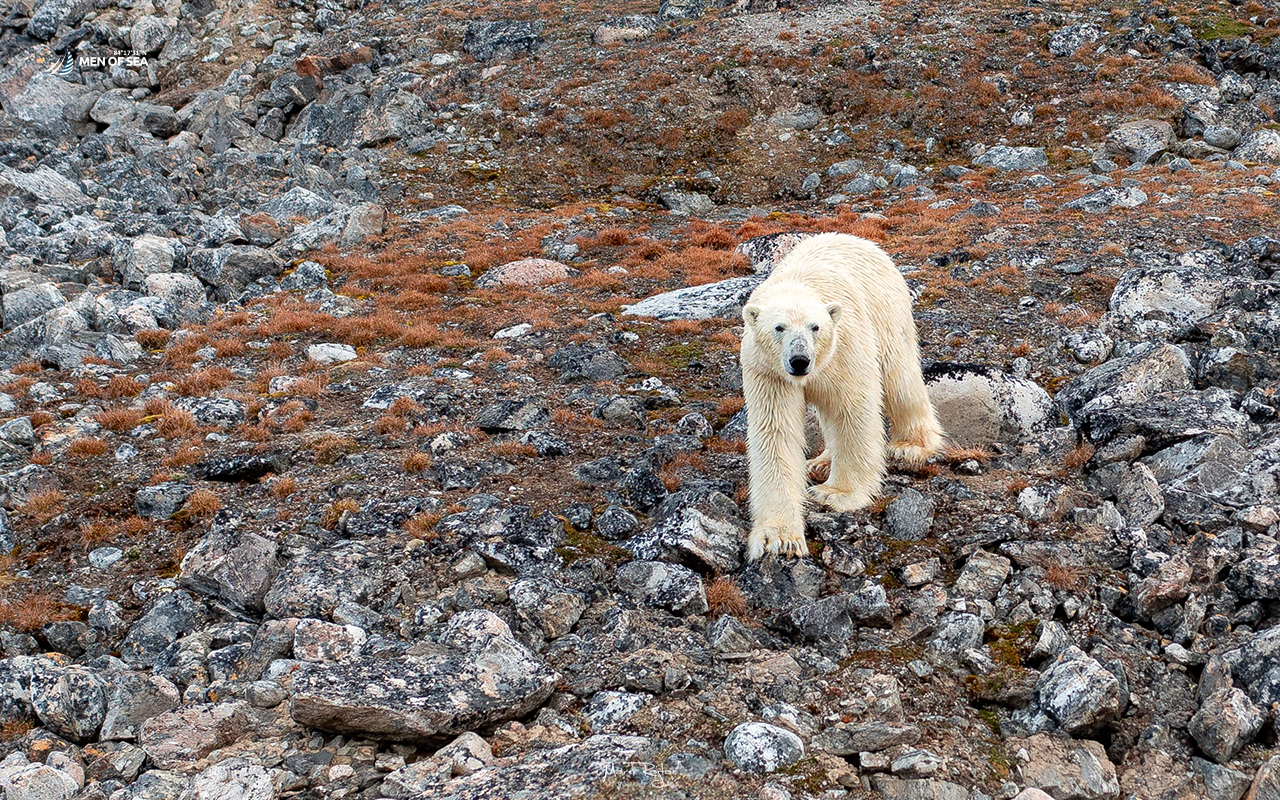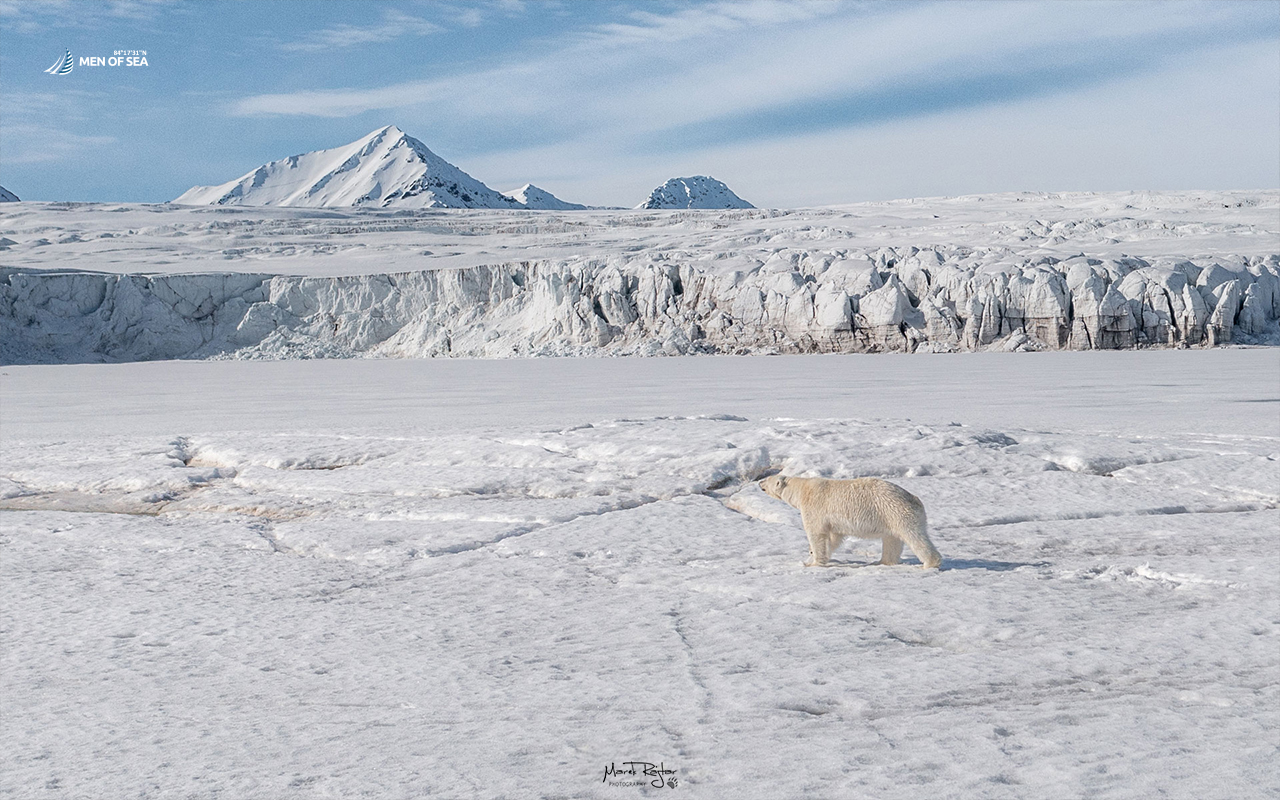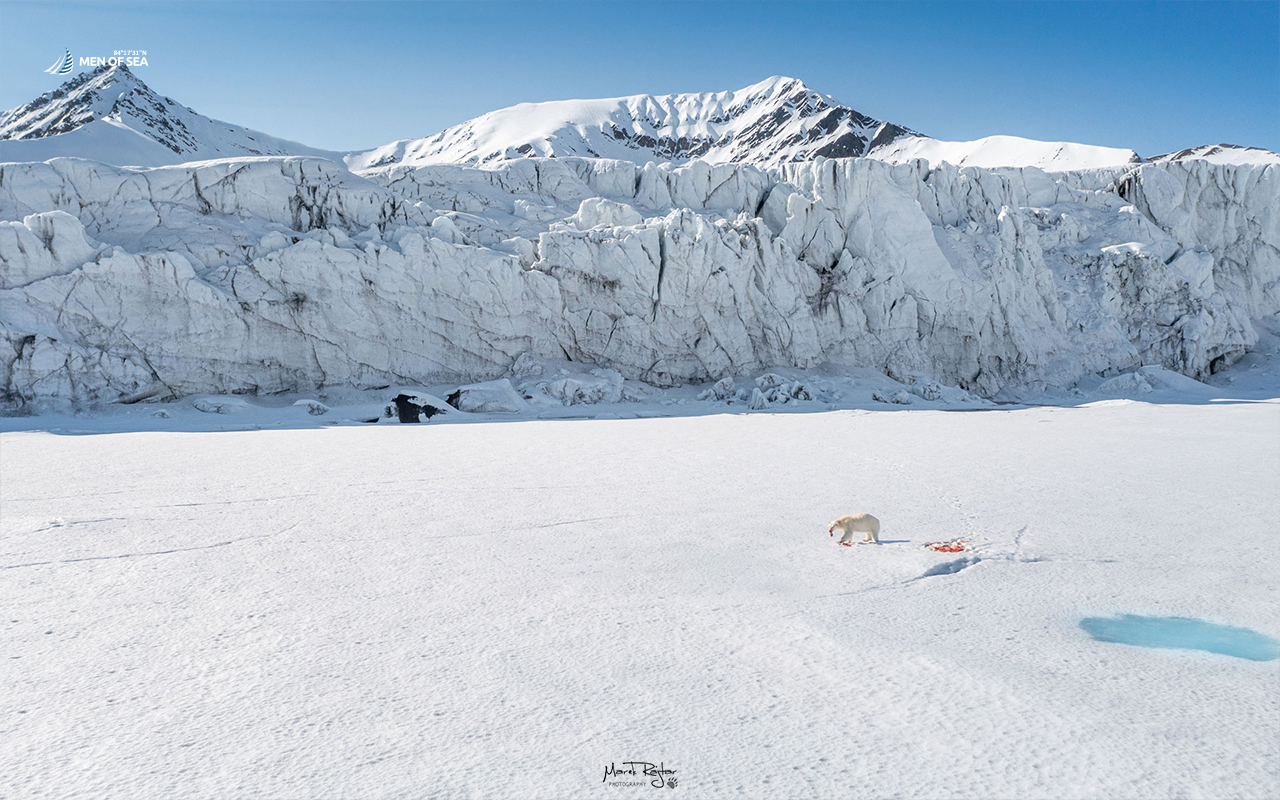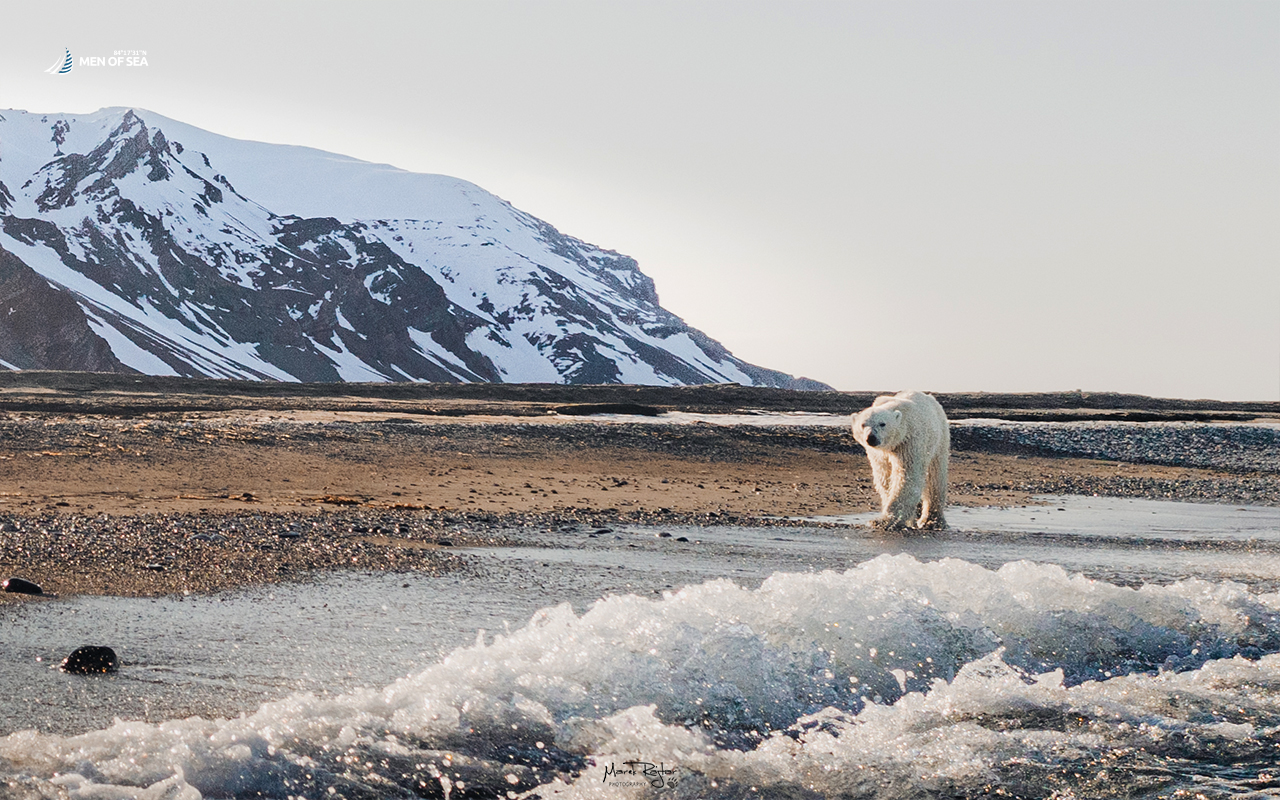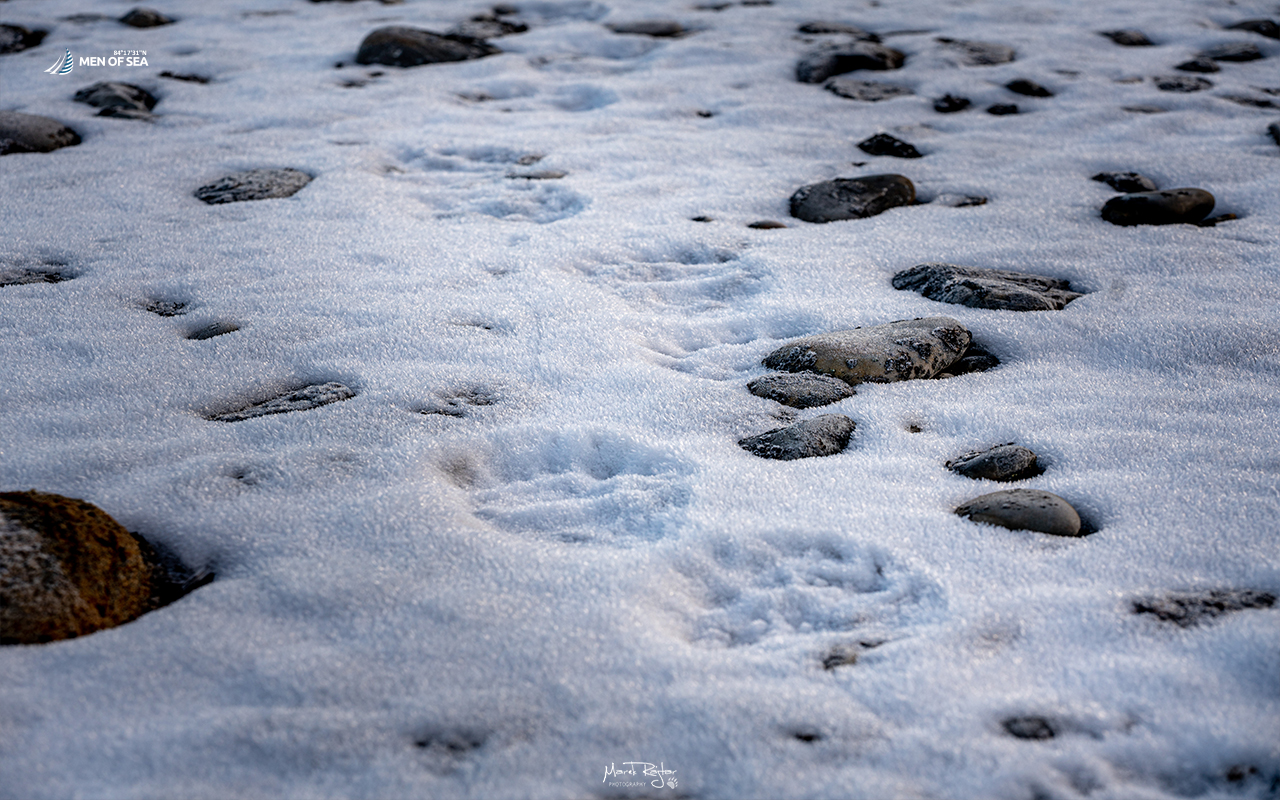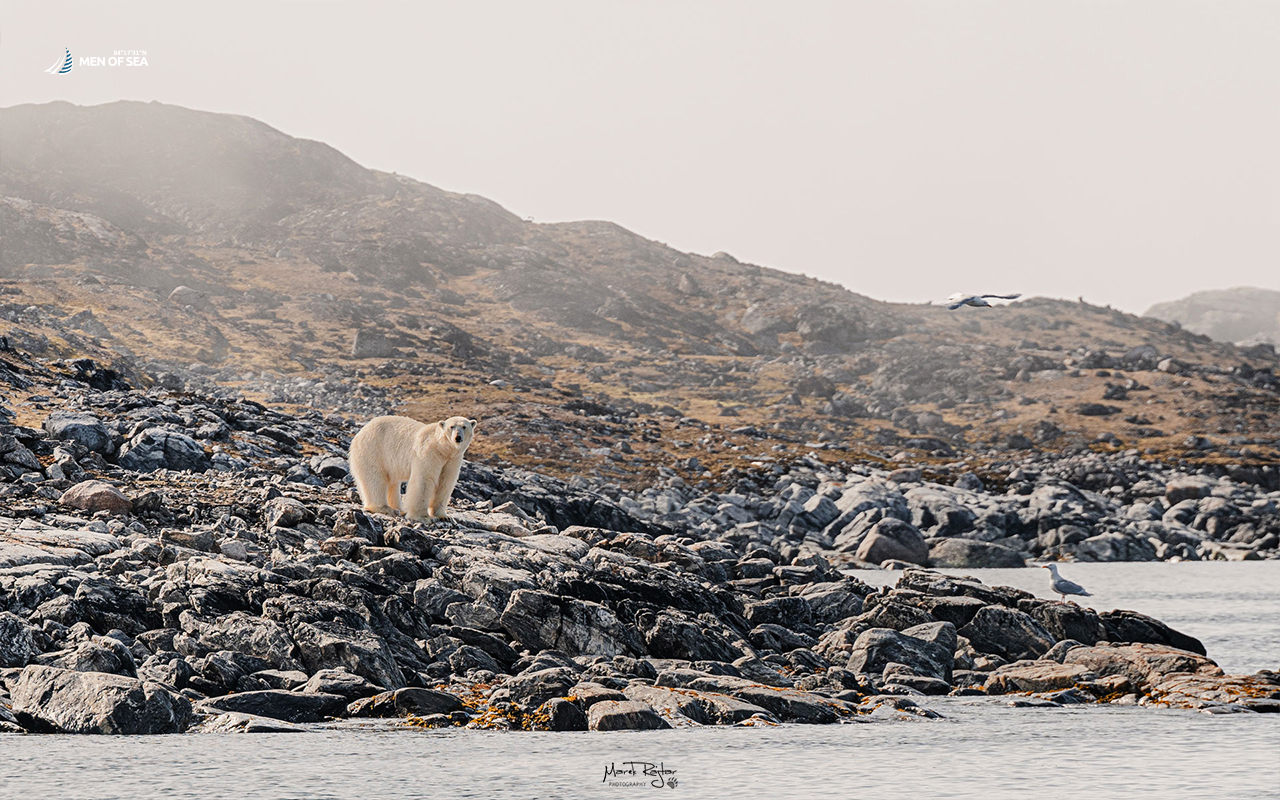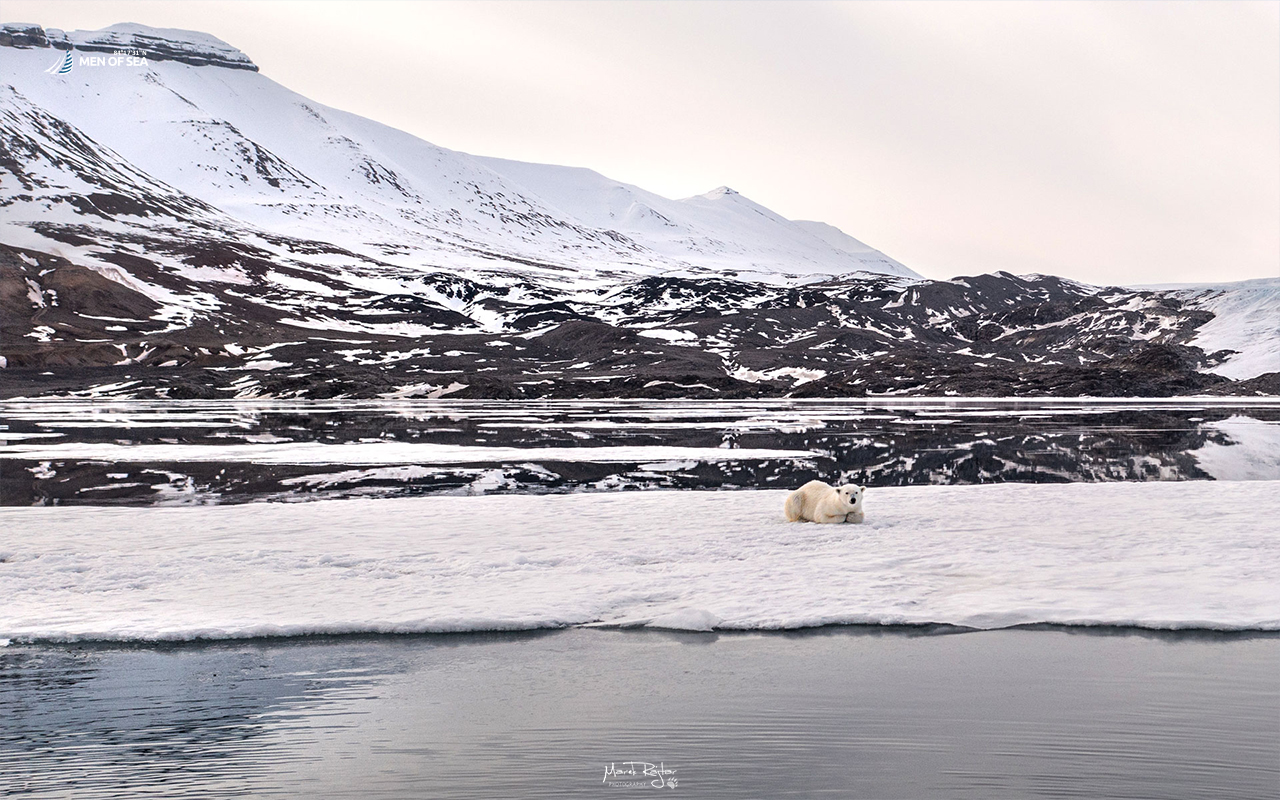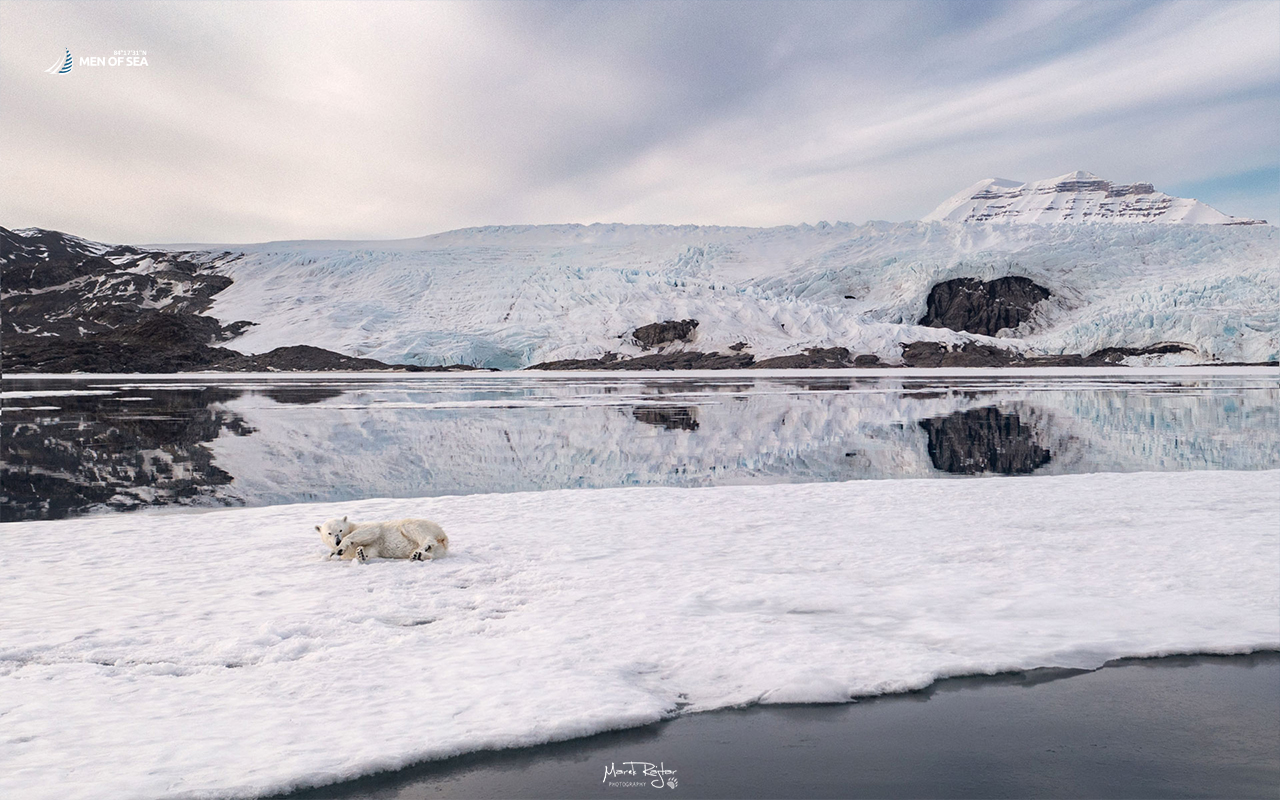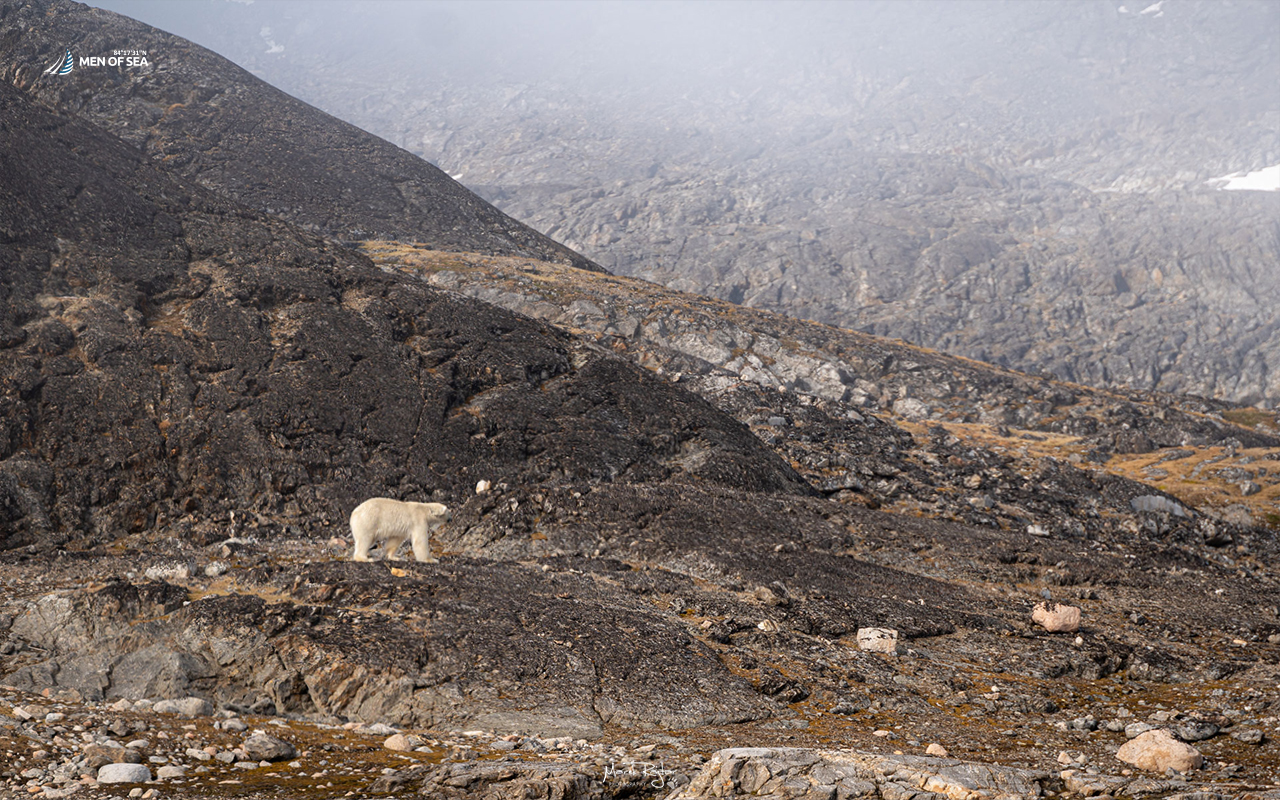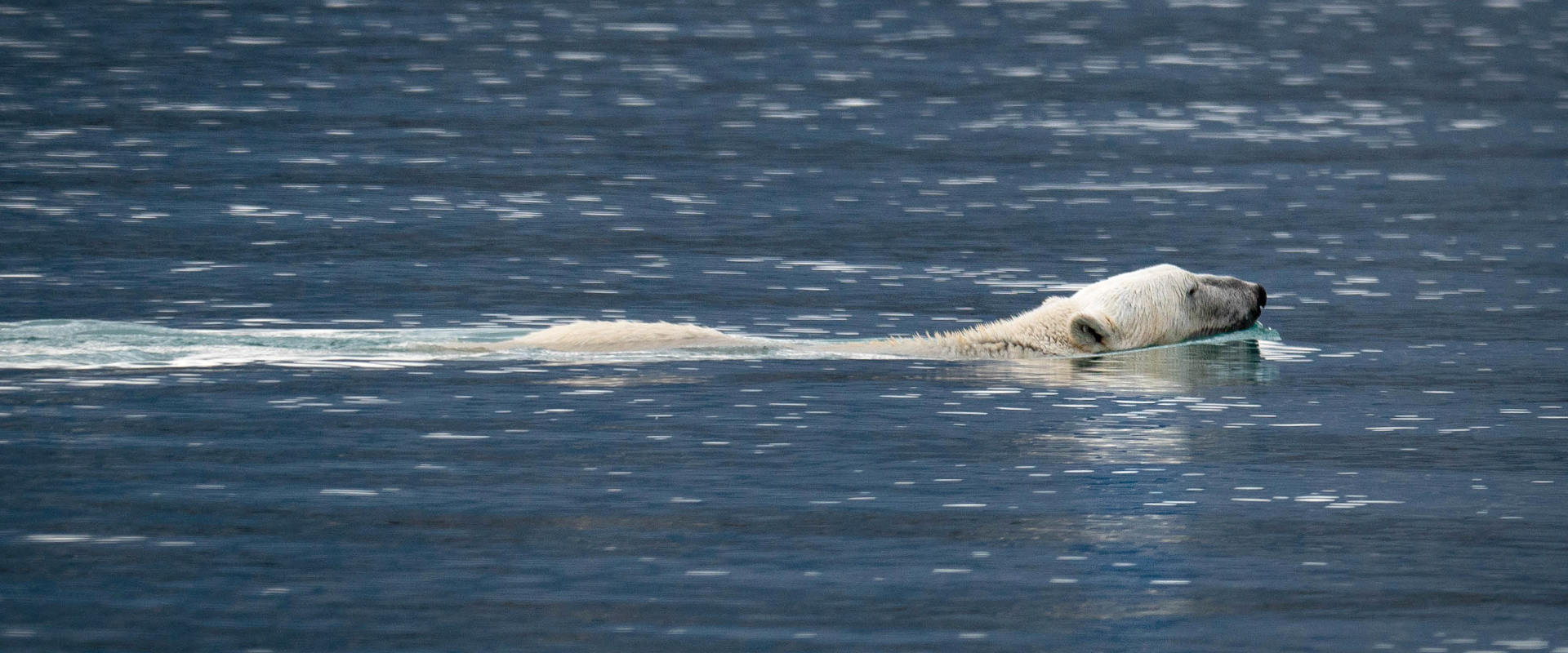
POLAR BEARS
The King of the North
BASIC INFORMATION
The polar bear is an extraordinary animal that has adapted to life in the most severe winter climate. It is the largest and, in our opinion, the most dangerous land predator in the world. An adult can weigh from 400 to almost 700 kilogrammes and exceed 3 meters in length. Its characteristic white fur is perfect camouflage, allowing it to approach its prey closely. In reality, the hairs that make up the fur are transparent and cover black skin, creating a phenomenon of thermoregulation where sunlight is converted into heat, working like a greenhouse.
Polar bears have an excellent sense of smell; they can detect the scent of a seal from several kilometres away. They are excellent swimmers, with sharp teeth and claws, and can use their heads to crush ice. They are perfectly adapted for killing and in the Arctic, they have no natural enemies.
Polar bears do not live in traditional families. The female briefly pairs with the male to mate (usually in April) and then becomes pregnant. Pregnancy lasts about 7-8 months, and cubs are born in winter. The female usually gives birth to one to three cubs. The birth must occur away from other bears, as the cubs are vulnerable to attacks by males.
After birth, the mother feeds her offspring with milk for the first few months, providing them with warmth and protection, gradually encouraging independence as they grow. During the approximately two-year period, the mother must teach her offspring everything, especially survival skills. Therefore, playtime is increasingly interspersed with learning. Polar bears are known to enjoy playing, but the purpose of these activities is the physical and mental development of the young.
The mother teaches the cubs to hunt and procure food, initially feeding them with meat she catches herself and later showing them how to do that on their own. While wandering together, she demonstrates how to move through snow, ice floes, and teaches them to swim.
The King of the Arctic
The North is the kingdom of polar bears. In this part of the globe, the constellations of the Great and Little Bear dominate, with the most important being the North Star. The name “Arctic” derives from the Greek name for the constellation of Ursa Major (Μεγάλη Άρκτος).
Several thousand polar bears live in Svalbard. They are most often found in coastal areas and on ice. This is where they have the greatest chance of finding food. Their favourite prey is seals, but they also hunt reindeer, young walruses, bird eggs, and all kinds of carrion, including that which may be washed up on shore. We have often seen polar bears feeding on whale carcasses.
The dream of every participant in our trips is to see polar bears. Although there are many of them, spotting them is not easy. We try to do this by sailing close to the shores along which they roam. We often encounter them at the ice edge, especially in May and June.
Our Expeditions
On most of our expeditions, we manage to spot polar bears. We strive to make these encounters safe, meaning that we observe them from the deck of the yacht. However, we have had many land encounters as well, and all of them have ended safely for both parties.
When we go trekking on land, we follow procedures developed over the years to increase safety. Most importantly, before starting a trek, we conduct a long observation of the shores, and while on land, we are equipped with deterrents, and as a last resort, our guides carry firearms. However, to this day, we have never had to use them; it is only a potential last resort
Trips connected with POLAR BEARS
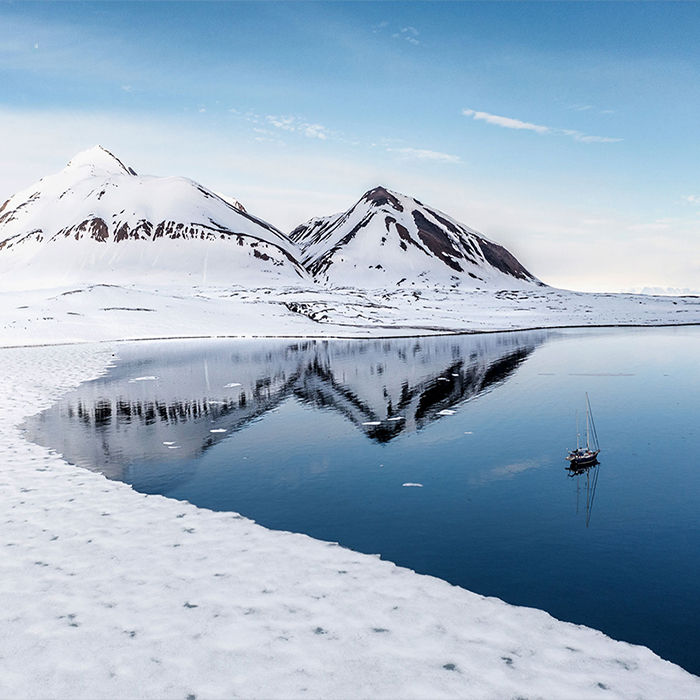
Across the Arctic Seas

12 dni
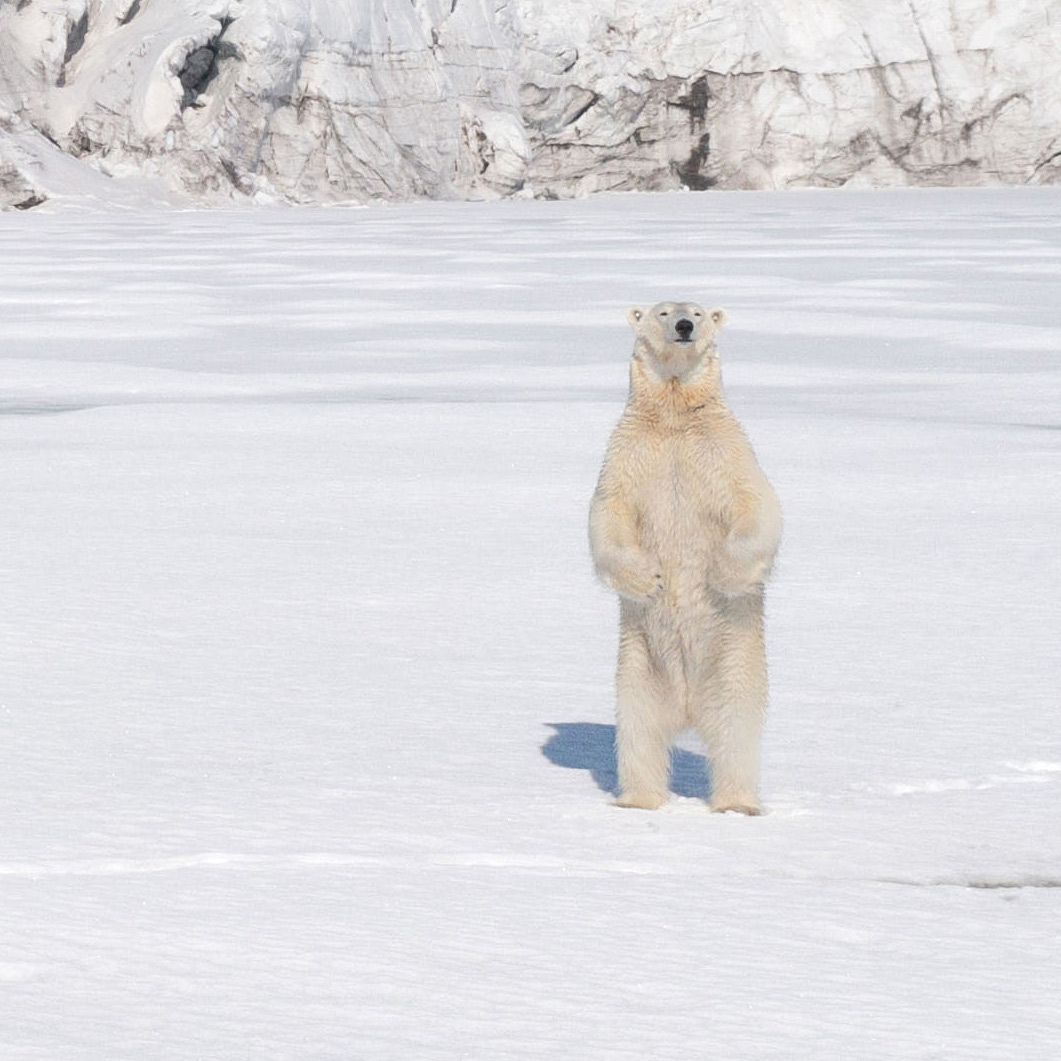
Animals of Svalbard Photo Safari #1

8 dni

Animals of Svalbard Photo Safari #2

8 dni

Animals of Svalbard Photo Safari #3

8 dni
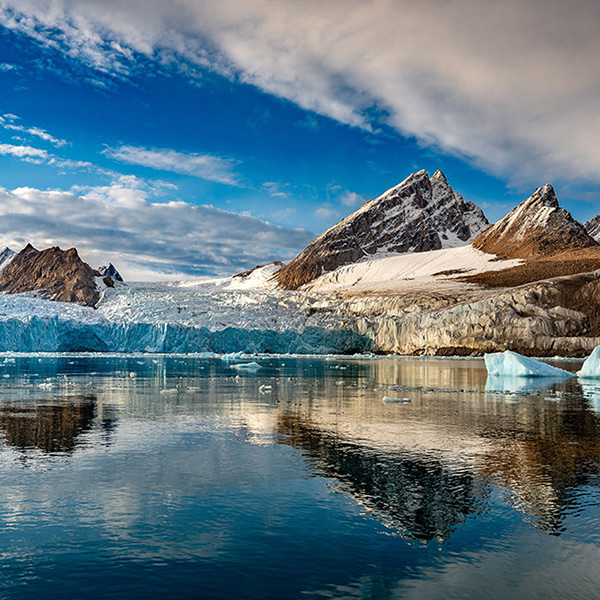
Spitsbergen in a week #5

8 dni
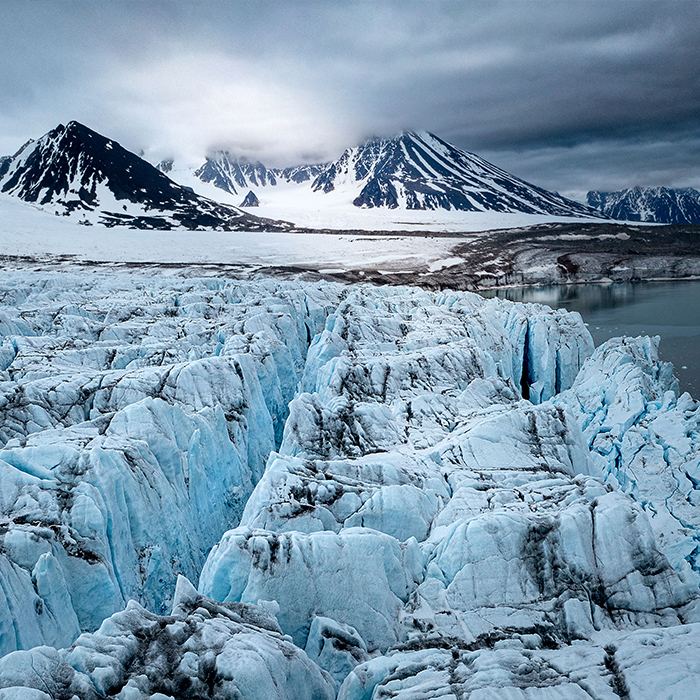
To the Edge of the North #1

10 dni

To the Edge of the North #2

10 dni

Spitsbergen in a week #6

8 dni

To the Edge of the North #4

10 dni

Spitsbergen in a week #8

8 dni
